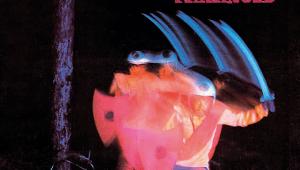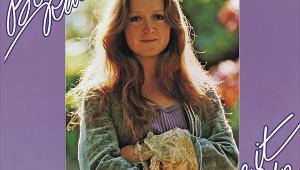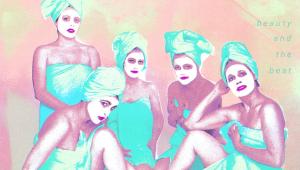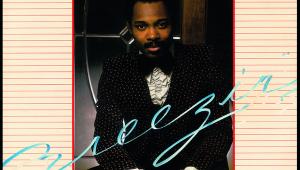The Cure: Faith Page 2
These conflicting feelings produced The Cure's most sombre offering so far, the aptly, and/or ironically, titled Faith – to reinforce the ecclesiastical theme, the cover is a detail of a photograph of Bolton Priory, Yorkshire, taken in the fog. In the studio, the Cure created as stark a soundworld as they had on Seventeen Seconds, but with added gloom. With the exception of 'Doubt' – and 'Primary', which again reached No 43 in the singles chart – the songs are medium pace to slow.
Keyboard player Matthieu Hartley anticipated the group's direction after Seventeen Seconds and left, so Smith played similarly simple, processed keyboard lines, which give an eerie depth to 'The Holy Hour'. Simon Gallup's often heavily flanged bass is high in the mix, his melody lines again being played against Smith's guitar chords, carrying the music as did Peter Hook in Joy Division and New Order.
![]()
Lol Tolhurst's drumming is singlemindedly workmanlike, offering virtually no frills. The drummer did, however, contribute lyrics to Side A's closing track 'All Cats Are Grey'. The title is borrowed from a centuries-old proverb, 'All cats are grey in the dark', meaning that individual distinctions ultimately don't matter, and was a phrase used by Lol Tolhurst's mother, who had been diagnosed with a terminal illness. The song features bass and keyboards, but no guitarwork from Smith.
'The Funeral Party' has a hymnal feel, with the band's minimal, repetitive approach complimenting Smith's incantatory delivery of lyrics that address ageing and feeling trapped – from a young person's point of view. It feels like all the youthful vitality that birthed rock 'n' roll had ground to halt and turned in on itself. Smith's account of silently watching two figures, 'Side by side in age and sadness' performing their story by 'Dancing at the funeral party' is more Samuel Beckett than 'Be-Bop-A-Lula'.
![]()
The album concludes with the spartan title track, which features Smith playing a six-string bass, and maintains a haunting quality over its near seven-minute duration. As the singer told Record Mirror in 1981, 'I like a lot of music that is built around repetitions. Benedictine chants particularly, and Indian mantras. These musics are built around slow changes, they allow you to draw things out'.
He also explained that he liked records where a unifying mood was explored, like Pink Floyd's Ummagumma and the albums of Nick Drake. Faith definitely achieves such a mood, partly through the space between the notes and words. And despite the album's overriding sombre atmosphere, the title track concludes with, 'I went away alone/With nothing left/But faith', a significantly positive final twist to the sentiments that precede it.
![]()
Smith seemed to have found the process cathartic judging by what he said to Chris Bohn of NME in May 1981, the month after Faith was released by Fiction Records: 'Yeah, I'm confident – to the degree of nausea sometimes. It's just second nature to me. Confidence is usually frowned upon, but I don't know why. It's like the stereotype of the cowering Kafkaesque figure, forever nervous. I mean, you can feel those emotions, but still feel confident that you'll win through'.
Life-Changing
The album charted at No 14. The title track, especially, was important to Smith, who told The Chicago Tribune in 1992, 'I don't think I'll ever write a song that'll ever move me as much as "Faith", that'll change my life as much as that song did, or encapsulate a period of my life as well as that one does'.
After the grim, nightmarish follow-up, 1982's Pornography, The Cure became established on the margins of the mainstream, enjoying a long run of hit singles. There was always something in their music that chimed with their audience and Faith's bleak poetry is still highly regarded by fans, as well as by the musicians who made it.
















































